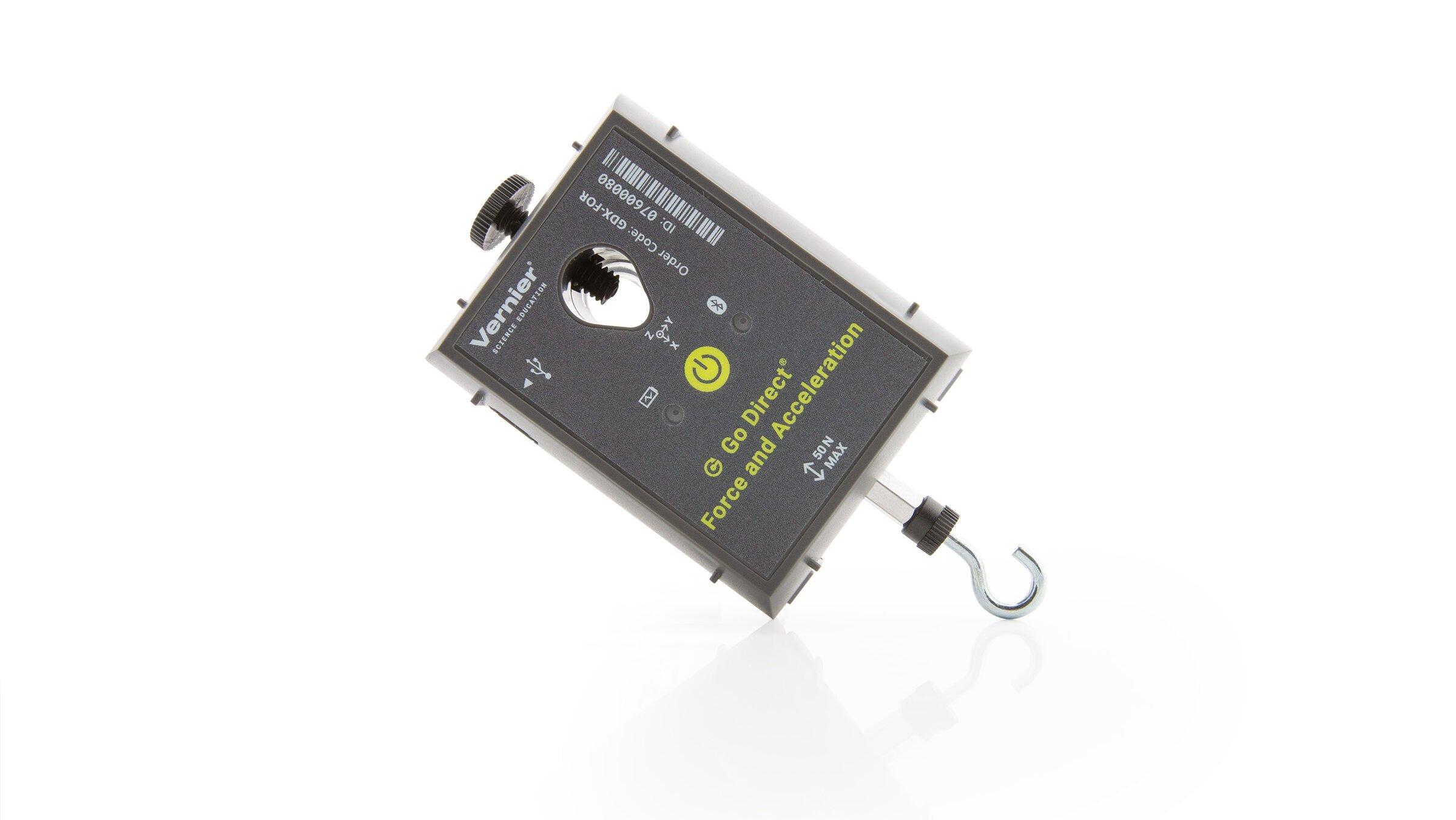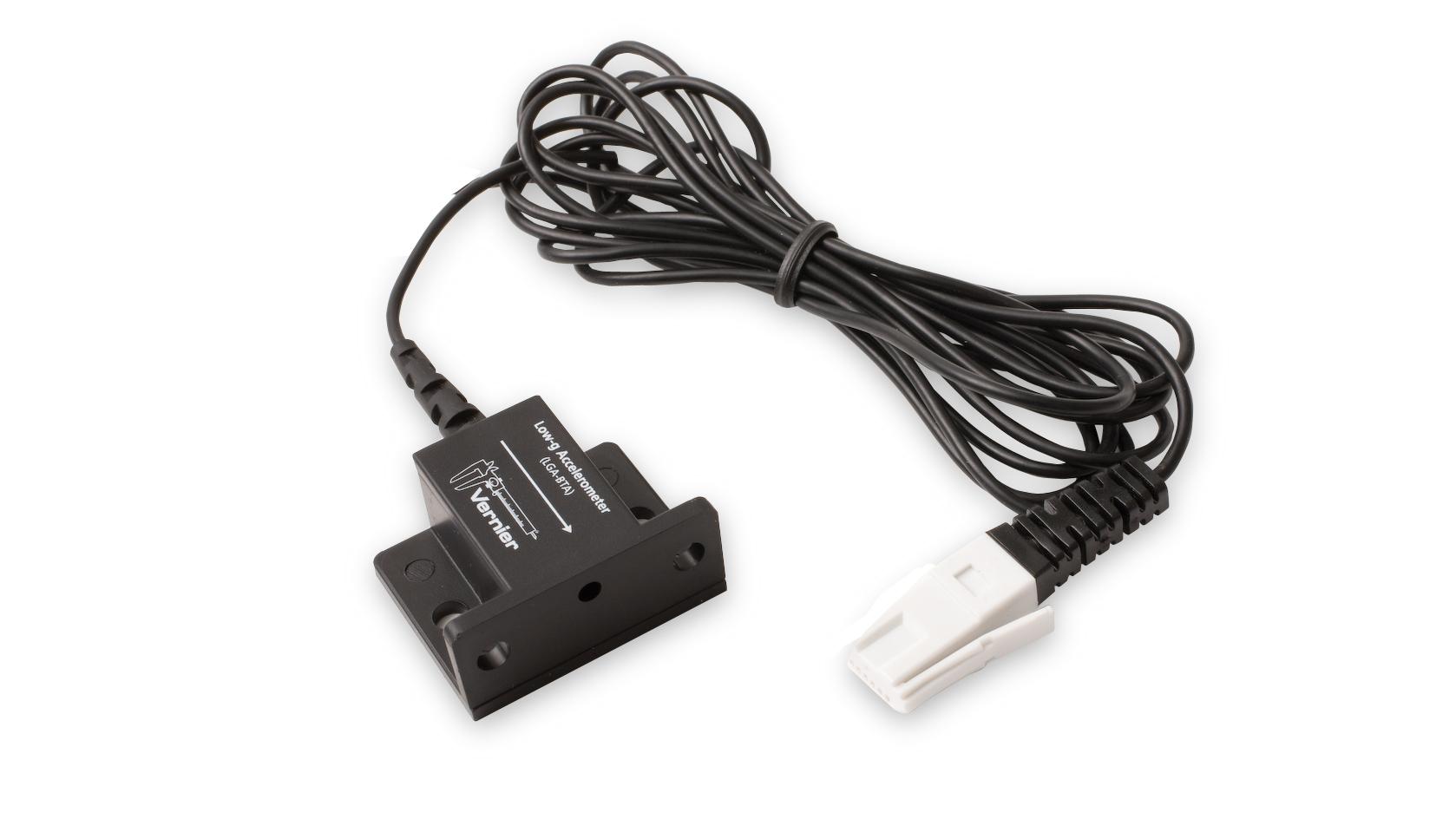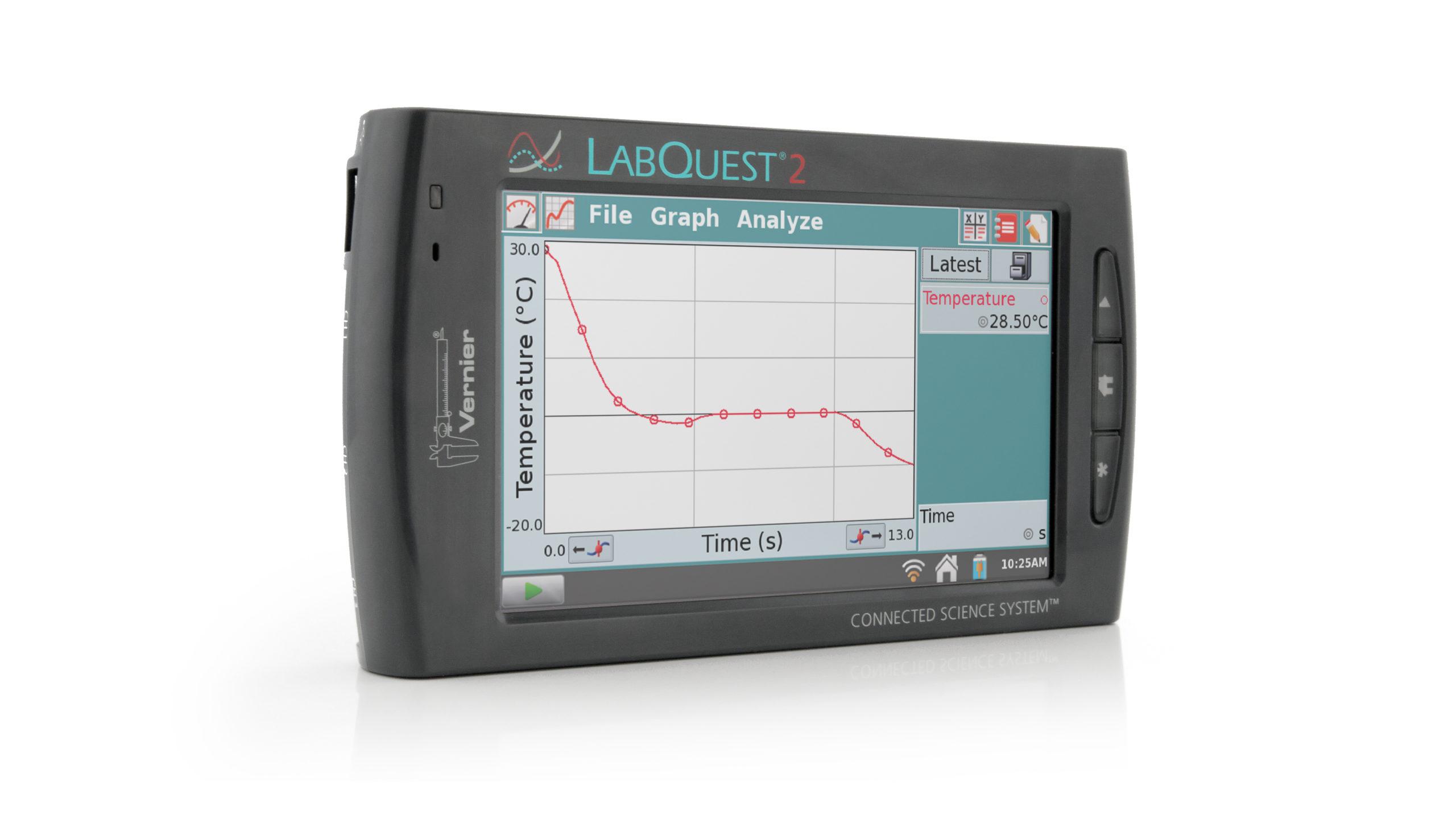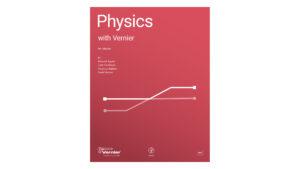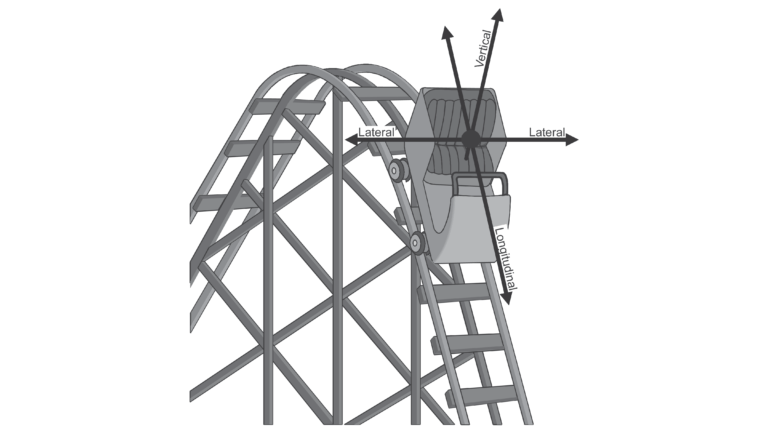
Video Overview
Introduction
The portability of the data-collection equipment makes it ideal for studying accelerations that occur outside the physics laboratory. Some interesting situations are the automobile and amusement park rides, as well as high-speed elevators, motorcycles, and go-carts.
An accelerometer measures the acceleration in a specific direction. You will need to choose an appropriate time scale and the direction in which to hold the Accelerometer to obtain meaningful information. Obtaining acceleration data from independent kinematics measurements can transform an informal study into an empirical evaluation of a mathematical model.
This lab highlights several situations where you can collect real-world acceleration data. A general procedure is given that you will modify depending on which study is performed. After the general procedure, you will find several suggestions for acceleration investigations. You will need to plan an experiment around the motion to be studied, adjusting data-collection parameters as needed.
Objectives
- Measure acceleration in a real-world setting.
- Compare the acceleration measured to the value calculated from other data.
Sensors and Equipment
This experiment features the following sensors and equipment. Additional equipment may be required.
Option 1
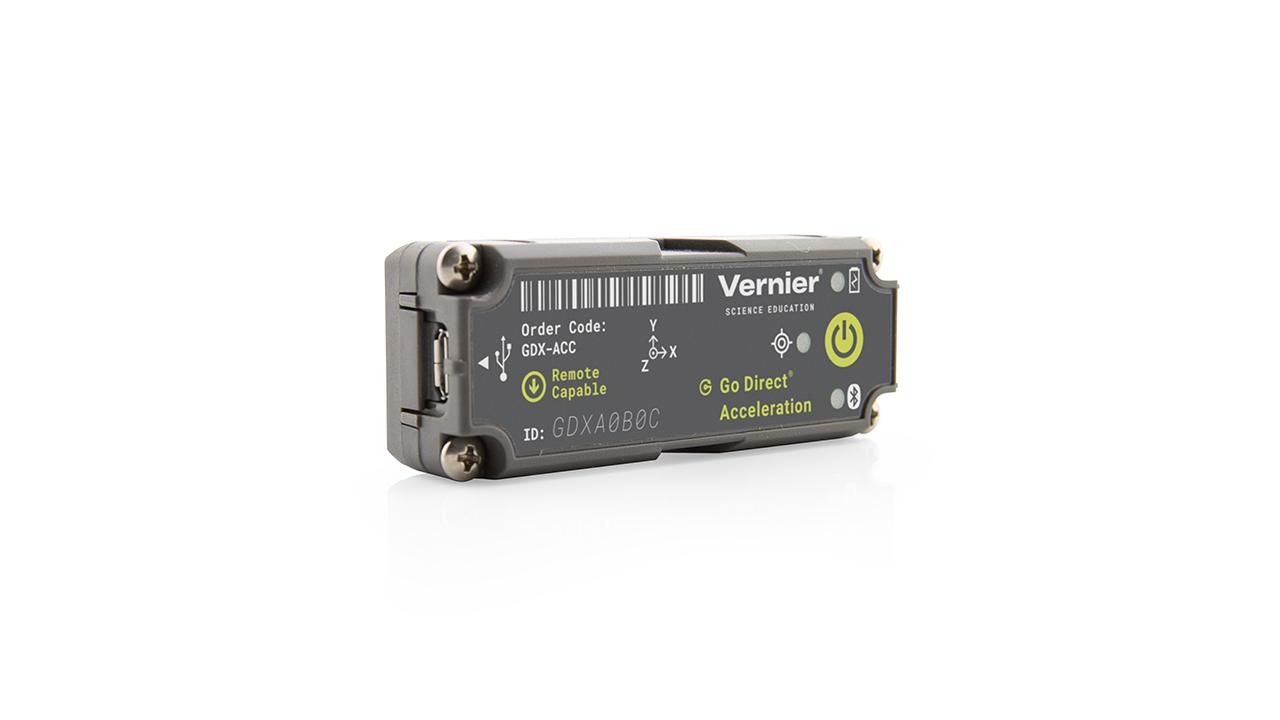
Ready to Experiment?
Ask an Expert
Get answers to your questions about how to teach this experiment with our support team.
- Call toll-free: 888-837-6437
- Chat with Us
- Email support@vernier.com
Purchase the Lab Book
This experiment is #21 of Physics with Vernier. The experiment in the book includes student instructions as well as instructor information for set up, helpful hints, and sample graphs and data.

